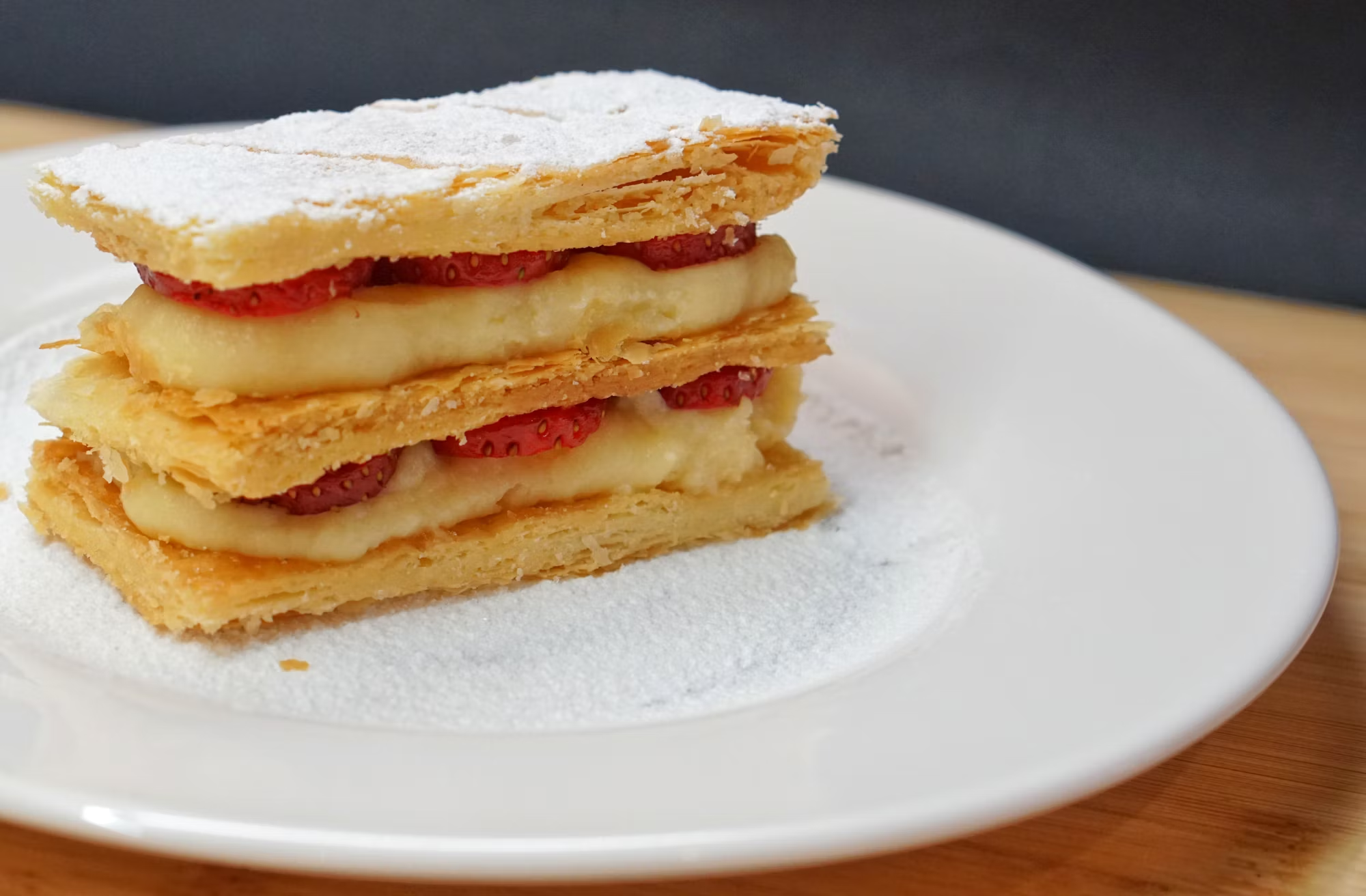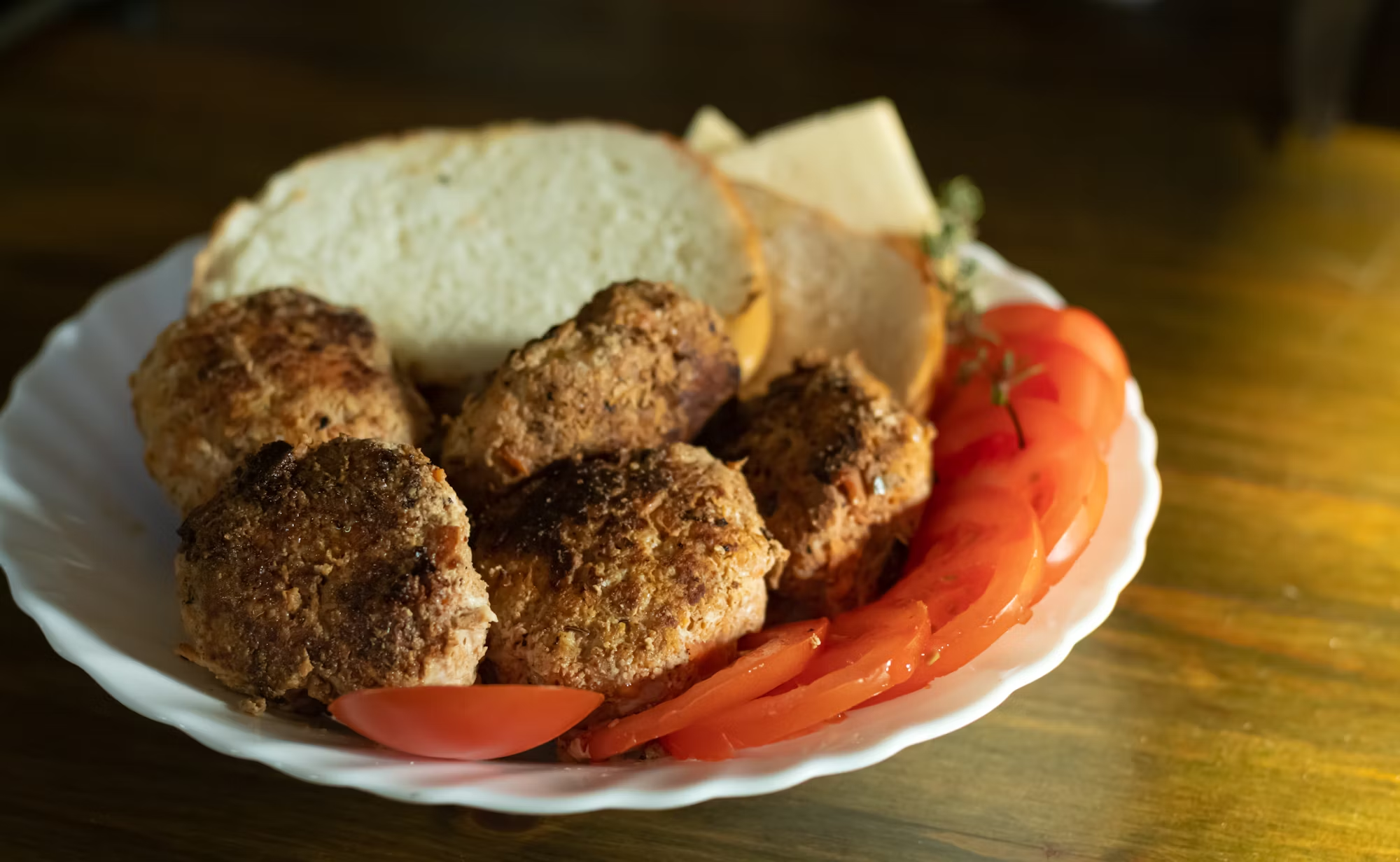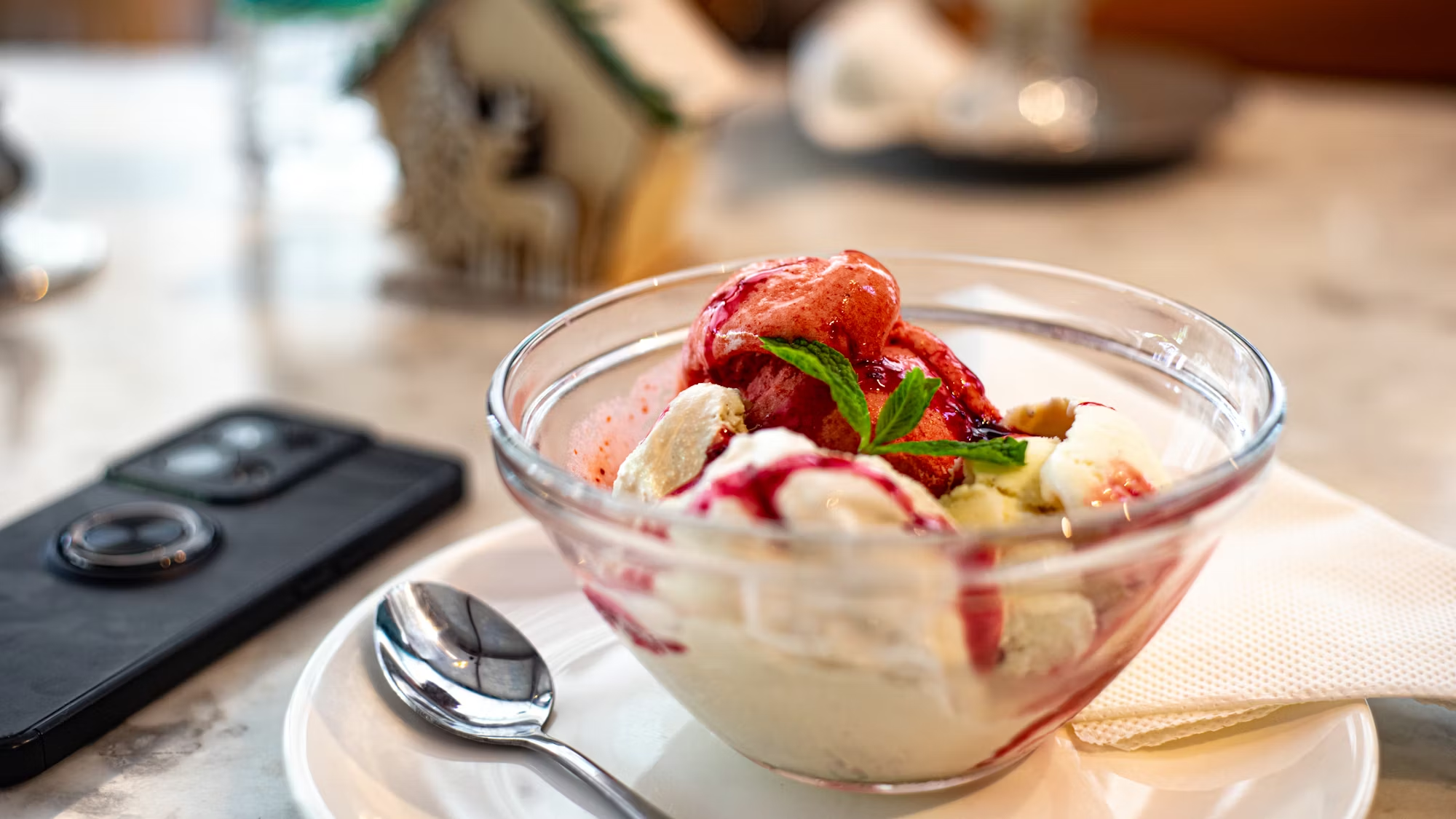The world of artisan cheese is as rich and varied as the landscapes from which it originates. With its diverse flavors, textures, and aromas, cheese has captivated food enthusiasts for centuries. This article aims to explore the intricate process of cheese making, the myriad of cheese varieties, and how to pair them effectively with other foods and beverages.
The Art of Cheese Making
Artisan cheese is crafted with care and attention, often by small-scale producers who prioritize quality over quantity. Unlike mass-produced cheeses, artisan cheeses are typically made from raw milk, which contributes to their unique flavors and characteristics. The cheese-making process generally involves the following steps:
1. Milk Selection: The quality of the milk is paramount. Artisan cheesemakers often use milk from specific breeds of cows, goats, or sheep that produce milk with distinctive flavor profiles. The milk is usually sourced from local farms that prioritize animal welfare and sustainable practices.
2. Coagulation: The cheese-making process begins by adding rennet and cultures to the milk, which causes it to coagulate and form curds. This step is crucial, as the type of cultures used can greatly influence the flavor and texture of the final product.
3. Cutting the Curds: Once the curds have formed, they are cut into smaller pieces. The size of the curds affects the moisture content of the cheese—smaller curds yield drier cheese, while larger curds retain more moisture.
4. Cooking and Washing: The curds may be gently heated and stirred to help them expel whey. In some cases, curds are washed to adjust their moisture content and flavor. This step is common in cheeses like Gouda and Edam.
5. Molding and Pressing: The curds are placed into molds and pressed to form the shape of the cheese while expelling excess whey. The amount of pressure applied can influence the texture of the cheese.
6. Aging: After being removed from the molds, cheese is typically salted and then aged in specific conditions that promote the development of flavor. Aging can last from a few weeks to several years, during which the cheese develops its unique characteristics.
Types of Artisan Cheese
Artisan cheese comes in an astounding variety of forms, each with its own distinct flavor and texture. Here are some popular types of artisan cheese:
– Cheddar: This British classic can range from mild to sharp, depending on the aging process. Artisan cheddars are often produced using traditional methods, resulting in complex flavors that vary by region.
– Brie: A soft cheese from France with a creamy texture and a bloomy rind. Its rich flavor pairs beautifully with fruits and crusty bread.
– Gorgonzola: An Italian blue cheese that can be creamy or crumbly, Gorgonzola offers a bold flavor profile. It is perfect for salads, pasta dishes, or enjoyed on its own.
– Feta: A brined cheese made from sheep or goat milk, feta is tangy and crumbly. It is a staple in Mediterranean cuisine, often used in salads and pastries.
– Goat Cheese: Known for its tangy flavor and creamy texture, goat cheese can be fresh or aged, and it pairs well with honey and nuts.
– Gruyère: This Swiss cheese is nutty and slightly sweet, making it ideal for melting in dishes like fondue or gratin.
Pairing Artisan Cheese
Pairing cheese with complementary foods and beverages enhances the overall tasting experience. Here are some tips for creating the perfect pairings:
1. Bread and Crackers: Serve cheese with a selection of artisanal bread or crackers. The texture and flavor of the bread can enhance or contrast with the cheese. For example, crusty baguette pairs well with creamy Brie, while nutty crackers complement sharp cheddar.
2. Fruits: Fresh fruits like apples, pears, and grapes provide a refreshing contrast to rich cheeses. Dried fruits, such as figs and apricots, also work well, adding sweetness and texture.
3. Nuts: Nuts can add crunch and complexity to a cheese platter. Pair mild cheeses with almonds or walnuts, while bold cheeses can be complemented by hazelnuts.
4. Jams and Honey: Sweet accompaniments, such as fruit jams or honey, can balance the saltiness of certain cheeses. Honey is particularly delightful with goat cheese, while fig jam pairs beautifully with blue cheese.
5. Wine and Beer: The right beverage can elevate your cheese experience. Generally, white wines like Sauvignon Blanc complement soft cheeses, while red wines like Cabernet Sauvignon are a good match for aged cheeses. For beer lovers, light lagers pair well with creamy cheeses, while IPAs can stand up to strong, sharp flavors.
Hosting a Cheese Tasting
Hosting a cheese tasting can be a fun and educational experience for friends and family. Here are some tips to make your event memorable:
1. Select a Theme: Choose a theme for your cheese tasting, such as a specific region, type of milk, or cheese style. This helps guide your selections and adds a cohesive element to the tasting.
2. Offer Variety: Aim to include a range of flavors and textures in your cheese selection. Offering at least five different types of cheese allows guests to explore a variety of tastes.
3. Presentation Matters: Arrange your cheeses on a large platter or wooden board, labeling each type for easy identification. Add fruits, nuts, and condiments for visual appeal and added flavor.
4. Encourage Interaction: Provide guests with tasting notes and encourage them to share their thoughts on each cheese. This creates an engaging and interactive atmosphere.
5. Pairing Suggestions: Provide pairing suggestions for each cheese, helping guests to discover new combinations they may not have tried before.
Conclusion
The world of artisan cheese is a treasure trove of flavors, textures, and traditions. By understanding the cheese-making process, exploring the various types of cheese, and learning how to pair them effectively, you can enhance your culinary experiences and impress your guests. Whether you’re a seasoned cheese enthusiast or a curious newcomer, the joy of artisan cheese awaits, ready to be savored and celebrated in every delicious bite.









